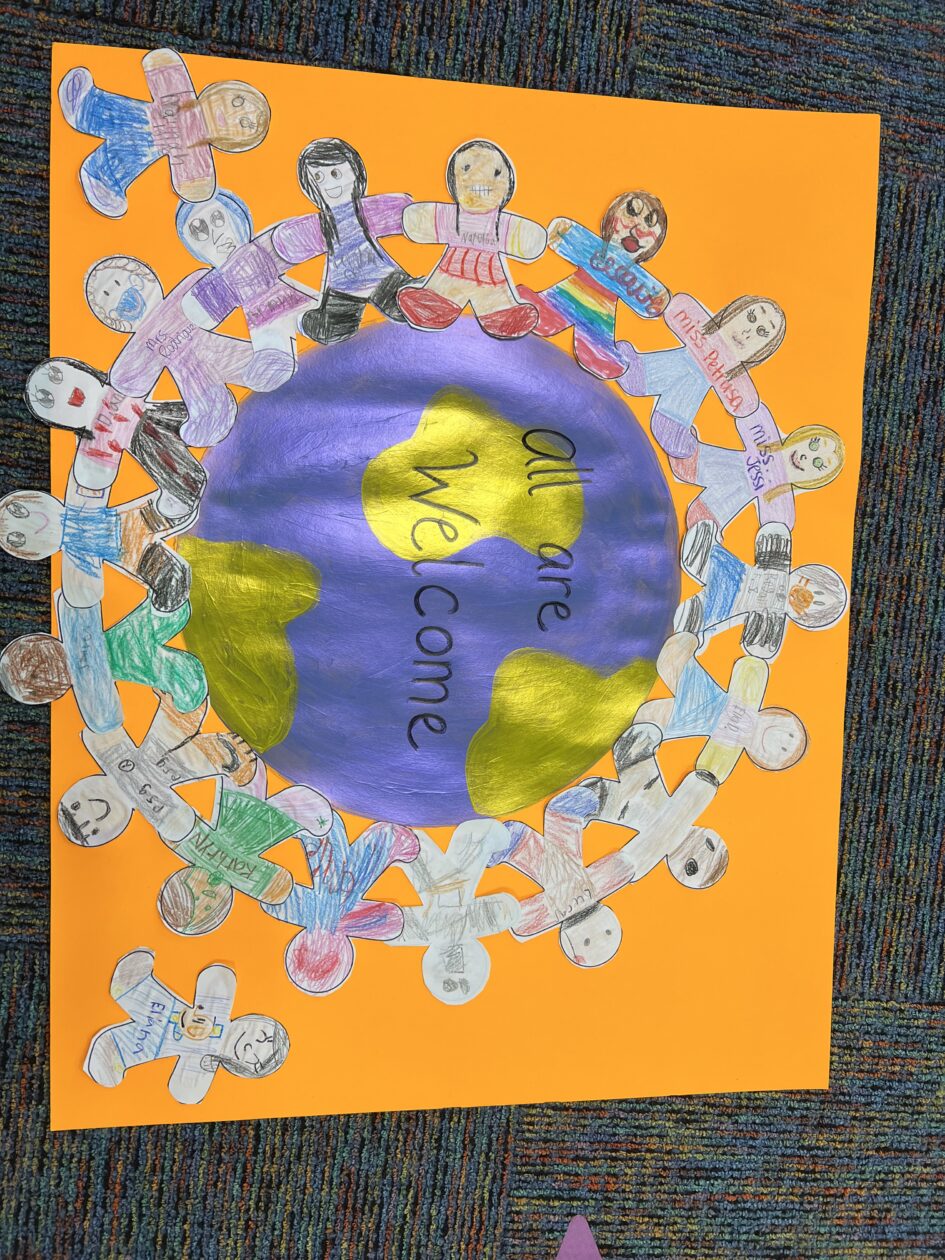Classrooms and schools can be one of the most diverse places that children embrace during their youth. Teachers should be responsive to cultural differences and welcome these differences in positive ways. Teachers must demonstrate multicultural proficiencies so that ALL students are respected and accepted in a classroom setting regardless of race, religion, ethnicity, and ability. Teachers who exhibit these understandings can help students work together as they learn new content and make connections to the diverse world in which we live. Using teaching techniques that include multicultural respect is referred to as“culturally relevant pedagogy (CRP)”. As an aspiring educator, I plan to use CRP to build a positive classroom environment that allows for ALL of my students to feel as though they are an integral part of our classroom community and that their individual contributions are valued. I plan to utilize multicultural instructional materials as one way to enhance the learning process. There are so many instructional tools that can help bring an understanding of different cultures to a group as a whole. Multicultural read alouds can enhance the teaching and learning of a specific topic and it can also be a springboard for deeper conversations among the student to learn more about someone’s particular culture and beliefs. Another way that I plan to support cultural relevance is to ensure family engagement. Families can be very diverse and the stereotypical family unit of a mother, father and children all living together under one roof, may not be the lifestyle of some of my students. I will stay clear of using language that pigeon holes my students, such as “muffins with mom” or “parent teacher conferencing” so that all my students feel included. What if a child does not live with a mom to invite for muffins or what if a child lives with grandparents???? I would use something more culturally diverse like “Breakfast with Bigger Buddies” or “Family Conference Day”. This should help children feel more included, regardless of their circumstances. One last strategy that I am interested in using to support my students is collaborative learning. I would help my students learn how to engage in collaborative discussions so they can learn from one another’s differences. I would provide them with conversation stems such as “ I wonder why…” and I appreciate that you value….and would like to learn more about….”. These stems would provide them with a set of language that could be used to communicate with one another in a respectful manner. Now more than ever, we need to build a community of learning that allows children to feel confident and proud of who they are and the contributions they can bring to the learning environment.
